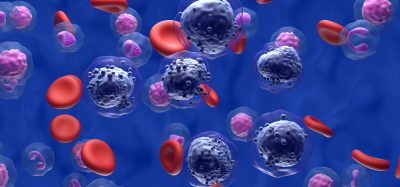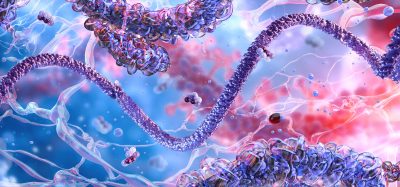New study reveals new drug target for gout & inflammatory diseases
Posted: 7 July 2017 | Niamh Marriott (Drug Target Review) | No comments yet
Research reveals cathepsins as potential therapeutic targets in particulate-mediated inflammatory disease…


A new report published online suggests a potential drug target for particle-driven diseases like these and many others. Specifically, the study reveals that particle-induced cell death depends on multiple redundant cathepsins, or enzymes used to digest proteins. By inhibiting or silencing these cathepsins in macrophages (white blood cells that ingest foreign particles), the researchers found that several key proinflammatory events induced by sterile particles are blocked, including cell death.
Drug target
“Having finally overcome the barrier to demonstrating the role of cathepsins in triggering particle-induced inflammatory cell death, we may now ask what other non-particulate inflammatory pathways may involve cathepsins and why such a role for these enzymes has evolved,” said Gregory Orlowski, MD PhD, a researcher involved in the work from the University of Massachusetts Medical School in Worcester, Massachusetts.
“Our study sheds light on basic aspects of inflammatory mechanisms that may have far-reaching implications.”
Macrophage comparison
To make their discovery, Orlowski and colleagues compared macrophages from genetically normal mice with macrophages from mice lacking one or more of these cathepsin enzymes. The expression of cathepsins was further suppressed using a genetic tool called small interfering RNA. Finally, these groups of macrophages were stimulated with disease-causing particles like silica, which is the causative agent of a fibrotic lung disease called silicosis.
The researchers found that the macrophages that genetically lacked multiple cathepsin enzymes were less susceptible to particle-induced pro-inflammatory cell death. Moreover, the number of absent cathepsins corresponded to the degree of reduction in pro-inflammatory cell death.
Treating gout
“Despite some available drugs, particle-driven diseases are still a huge medical problem and a major health care cost,” said John Wherry, PhD, Deputy Editor of the Journal of Leukocyte Biology.
“The identification of a key set of enzymes unexpectedly involved in this inflammatory pathway opens the door for new classes of drugs to treat these diseases.”
Related topics
Analysis, Drug Development, Drug Discovery, Drug Discovery Processes, Drug Leads, Drug Targets, Enzymes, microRNA, Research & Development, RNAs
Related organisations
University of Massachusetts Medical School
Related people
Gregory Orlowski, John Wherry








